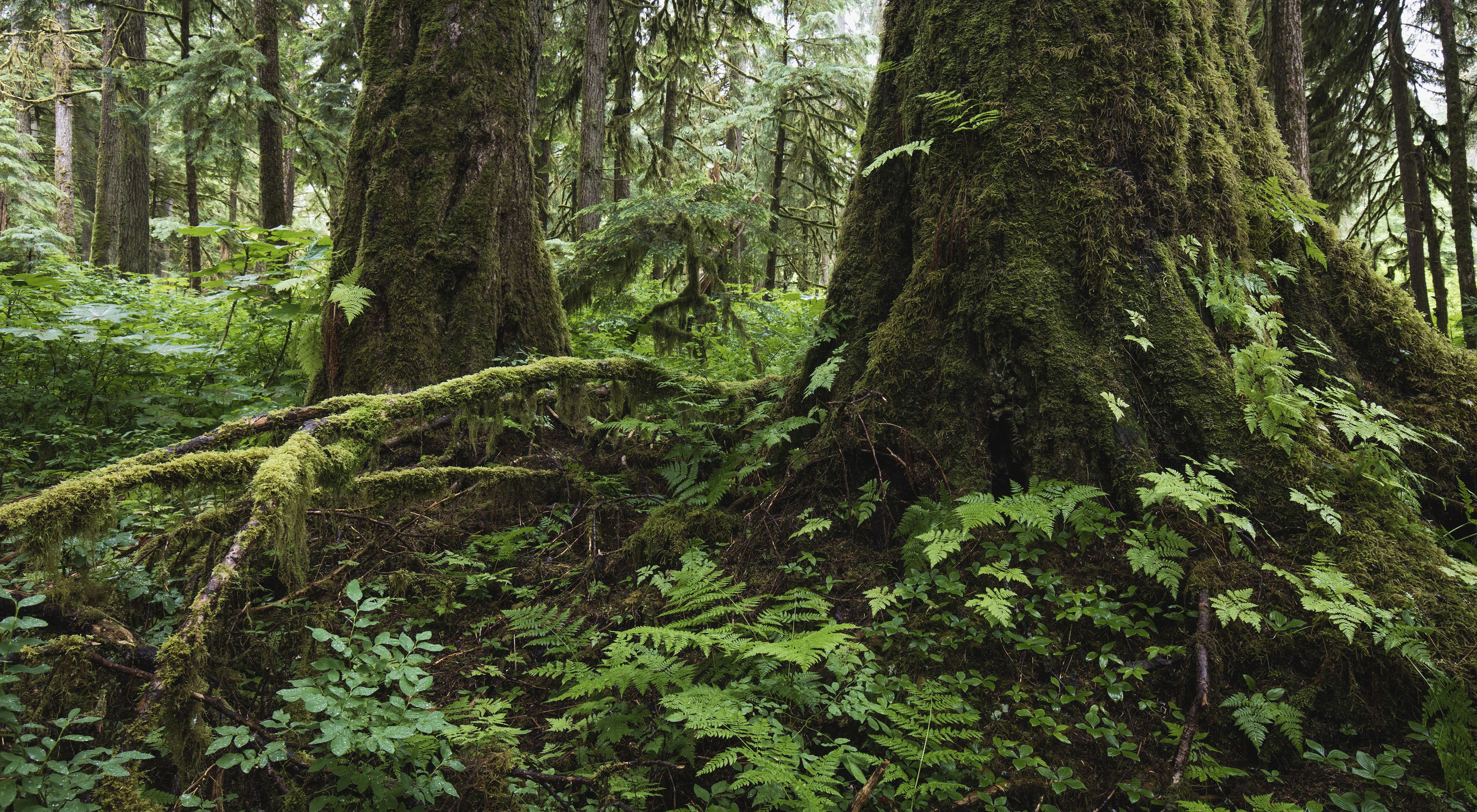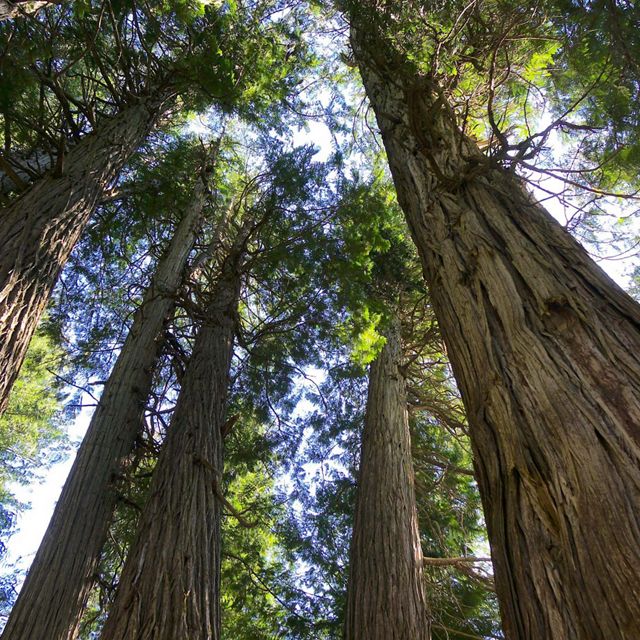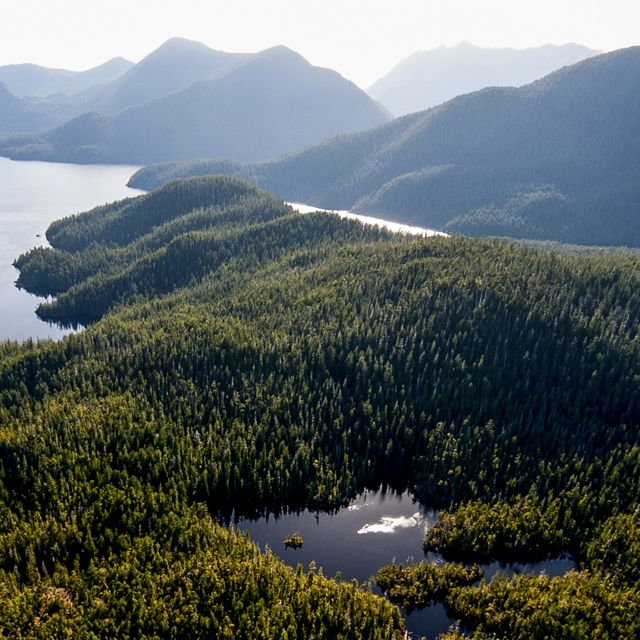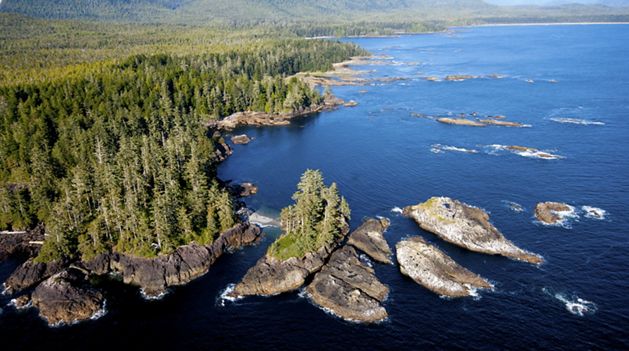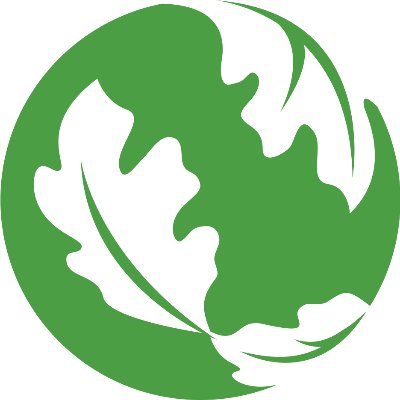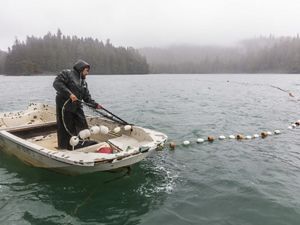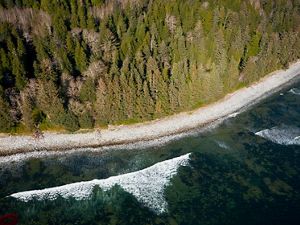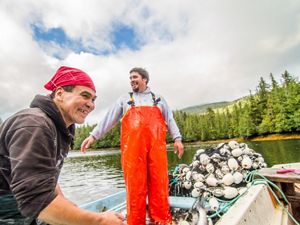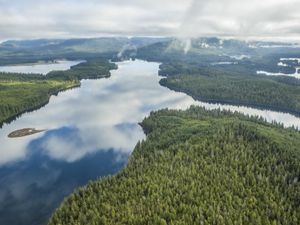North America’s Emerald Edge teems with life and culture, sustaining hundreds of communities and thousands of species of flora and fauna—including bears, salmon, wolves and whales—and thanks to its immense carbon-storage capacity, plays a critical role in regulating Earth's climate.
For millennia, Indigenous First Nations, Alaska Natives and coastal Tribes have called this region home.
At the invitation of Indigenous Peoples and local communities, The Nature Conservancy and our Canadian affiliate Nature United are working in partnership to protect ecologically important areas and foster sustainable economies. Together, we advance leadership efforts to heal the bonds between people and nature, so both can thrive for generations to come.

Feature
How the Emerald Edge Could Help Change the World
The Emerald Edge presents an unparalleled opportunity to learn from and support the conservation leadership of Indigenous Peoples and local communities to help solve the world’s biggest challenges.
Explore the Emerald Edge in an immersive 360-degree experience.
Dive deeper into understanding the significance of the Emerald Edge.
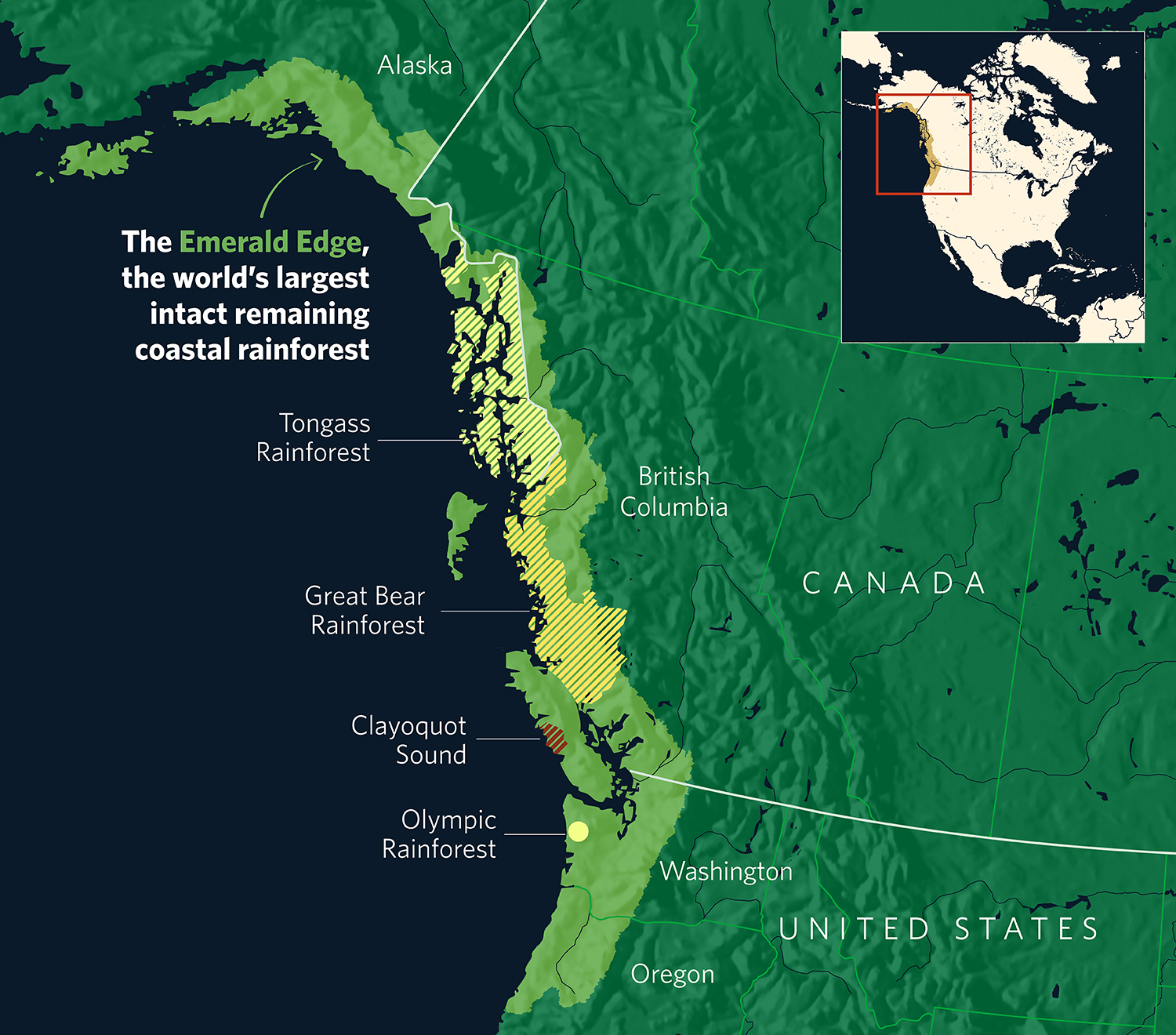
What is the Emerald Edge?
The Emerald Edge is the world’s largest coastal temperate rainforest, spanning Alaska, British Columbia, Washington state and Oregon—with over 100 million acres of lush forest, rivers, islands and mountain streams. The Emerald Edge sustains hundreds of communities and thousands of species of flora and fauna—including bears, salmon, wolves and whales—and thanks to its immense carbon-storage capacity, plays a critical role in regulating the global climate.
For millennia, Indigenous First Nations, Alaska Natives and coastal Tribes have called this region home, relying on the lands and waters for traditional practices, fishing and other cultural and economic uses. These original stewards’ cultures, languages and livelihoods were born from the landscape and to this day—and for generations to come—they maintain a vibrant and strong connection to the lands and waters.
Unsustainable natural resource use has been the default in many parts of the Emerald Edge, which has led to conflict between communities, environmental groups and extractive industries. This animosity hasn't fostered collective action to meaningfully protect the environment or support local community priorities. Recognizing that a new path was needed, The Nature Conservancy (TNC) has been building relationships across diverse interests over two decades and we are working with partners on real, sustainable progress built on local leadership and values.
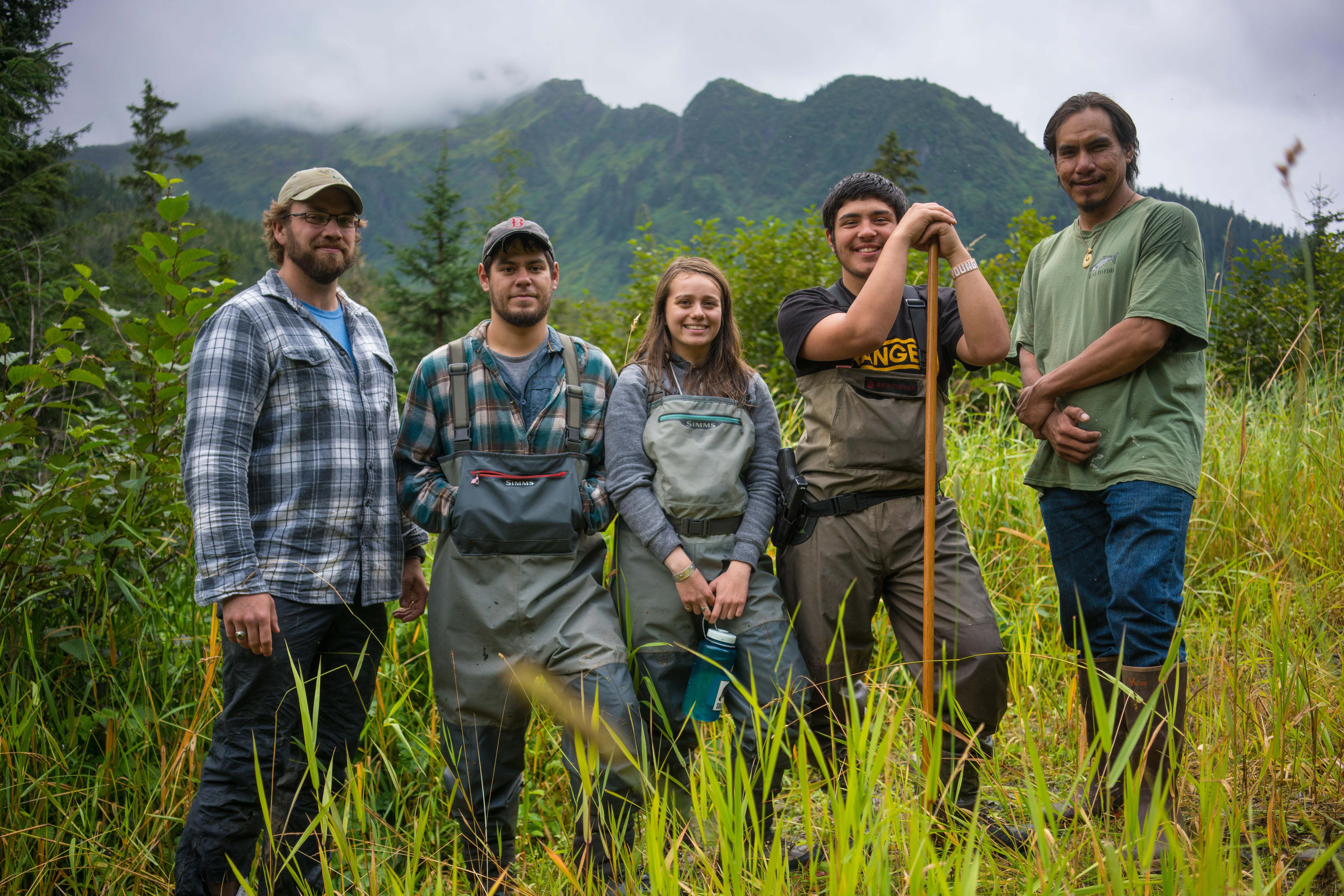
The Place and People
The Emerald Edge comprises the territories of more than 50 Indigenous First Nations, Alaska Natives and coastal Tribes who continue to care for the land, waters and communities in the region. Indigenous communities have long relied on these lands and waters for traditional practices, food security, visitor services and other cultural and economic uses. The region sustains thousands of species of flora and fauna—including salmon, bears, wolves and whales—and is the largest coastal temperate rainforest on the planet.
However, governments and conservation groups alike have excluded Indigenous peoples in the Emerald Edge from land-use decision-making and authority over their lands and waters. Over many decades, this exclusion has not led to meaningful environmental protection nor local economic development, but rather it has upheld Western worldviews about conservation disconnected from community well-being.
We have heard resoundingly that Indigenous communities want self-determination in how their lands and waters are managed and they want their communities to be resilient and their cultures to prosper. Today, Indigenous Peoples and local communities in the Emerald Edge are leading efforts to heal the bonds between people, the lands and waters so people and nature can thrive for generations to come.
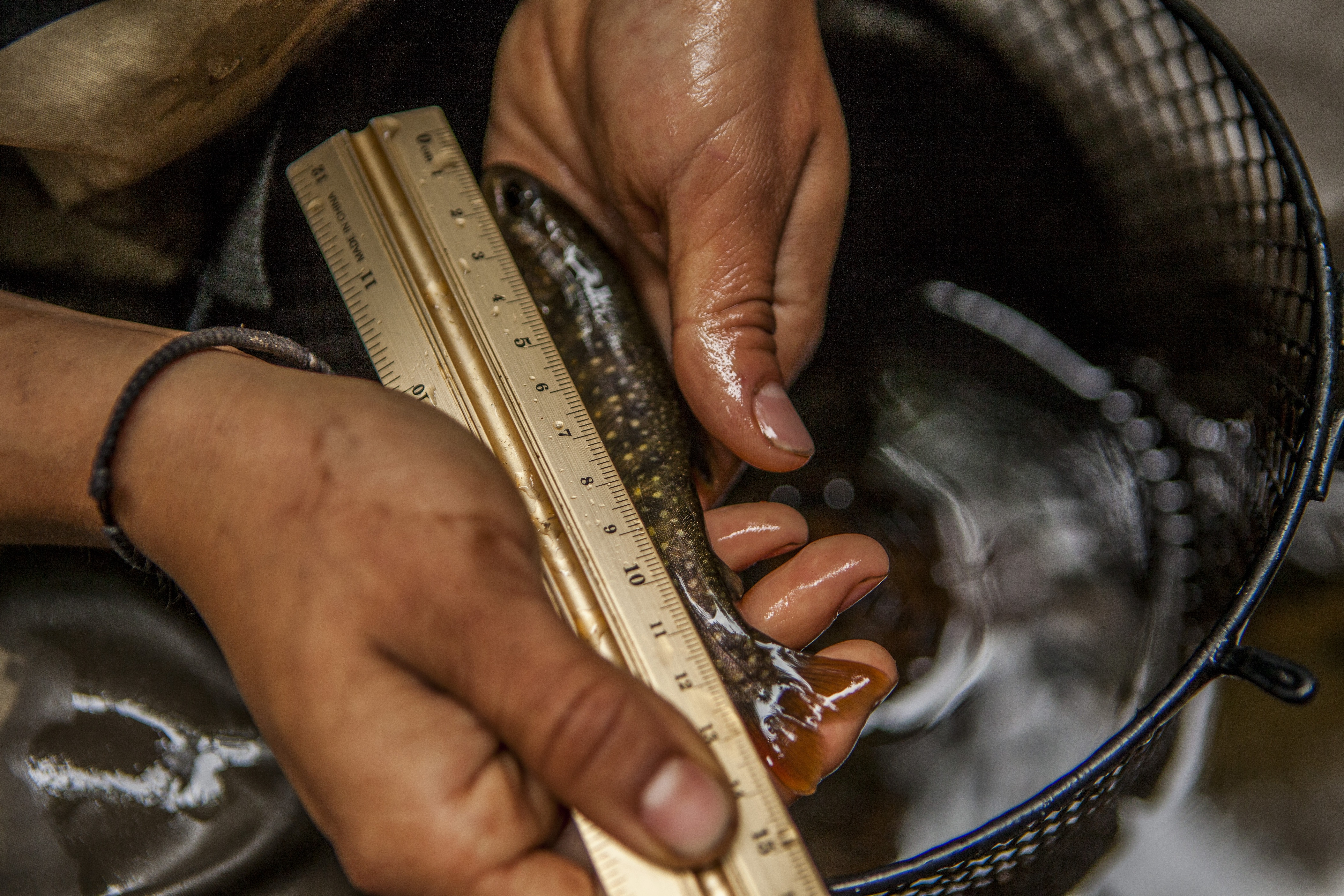
Our Approach
The Nature Conservancy (TNC) and its Canadian affiliate Nature United have been working for two decades to build relationships with Indigenous Peoples and local communities in the Emerald Edge to understand their priorities.
At the invitation of the region’s Indigenous Peoples, we are supporting Indigenous leadership and capacity, creating alternative and sustainable economic opportunities and upholding Indigenous rights and authority. By working together to collectively define conservation and community outcomes, we can safeguard the region’s climate mitigation capacity, rich biodiversity and the social and economic well-being of local communities.
In the two decades of working in the Emerald Edge, we have seen the transformative impact of deep, trust-based partnerships between Indigenous Peoples, local communities and conservation groups, producing lasting benefits for both people and the planet.
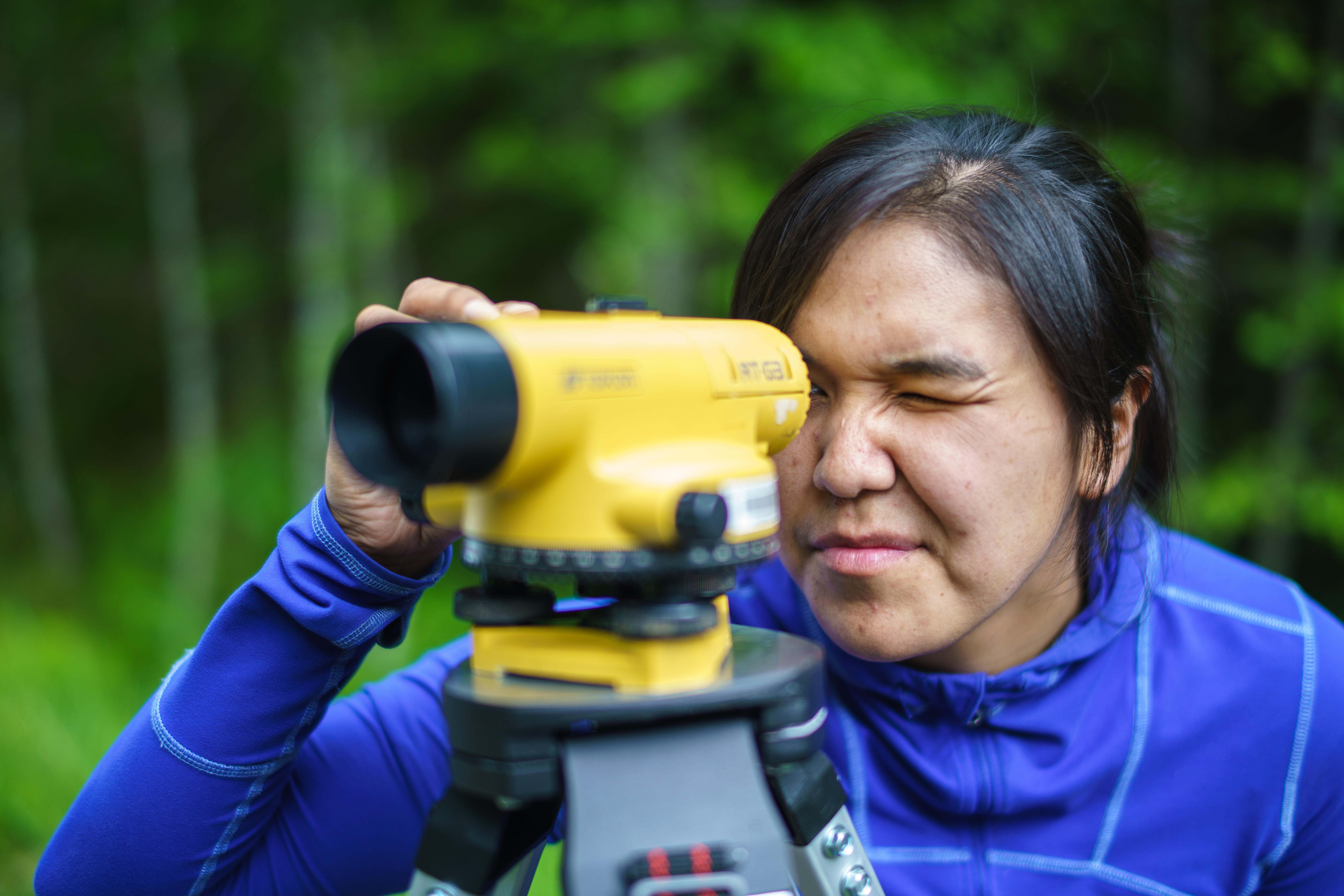
Natural Climate Solutions
Old-growth forests are endangered globally, and these forests are vital to communities, biodiversity and our global fight against climate change. As the world desperately seeks out significant and actionable carbon-reduction strategies, the Emerald Edge represents a rare opportunity to invest in a proven approach that is bringing benefits to people, biodiversity, the land and the planet.
Momentum is building in the Emerald Edge around the use of Indigenous- and community-led natural climate solutions (NCS)—protection, restoration and improved land management activities that avoid greenhouse gas emissions and/or increase carbon storage across forests, wetlands, grasslands and farmlands—as a powerful tool to address the climate crisis.
In 2022, TNC launched the Emerald Edge Accelerator to massively scale up the collective impact of natural climate solutions through community-driven conservation. The program is built on relationships fostered over 20 years with Indigenous Peoples, local communities and other partners—including small-forest landowners and business owners—and combines TNC’s developing carbon sequestration science, policy and economic expertise. This work includes convening with and listening to Indigenous peoples and local communities, and with government and nonprofit partners, to review new data, understand community priorities and identify NCS opportunities with the highest carbon storage potential that also support community goals.
Explore more of Emerald Edge
The world’s most expansive temperate rainforest is home to hundreds of Indigenous communities and thousands of species. Explore this iconic landscape across two countries.
-
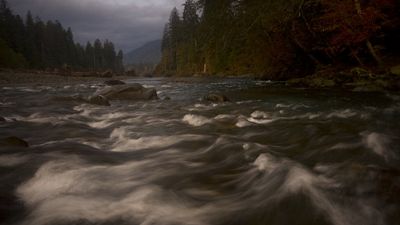
Washington
Working to restore cutover timberland on the Washington Coast
-
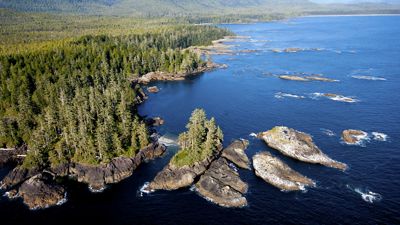
Canada
First Nations charting a future for hundreds of thousands of acres of old-growth
-
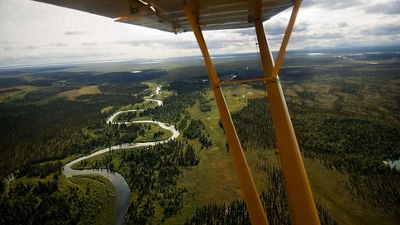
Alaska
SE Alaska communities innovating to fund conservation and community priorities
